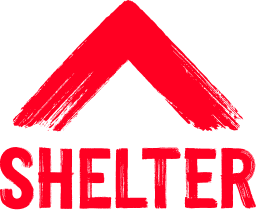Roadmapping

In the virtual world, a roadmap gives us several benefits. It shows us different destinations to choose from, and a range of routes for reaching them. The map gives us a feel for the length of time a journey may take and time markers along the way. It provides detour options as we travel.
In the digital world, it serves the same functions. A team’s roadmap is an invaluable visual tool for planning a range of work, ensuring that it targets agreed goals. A roadmap allows a team to foresee needs such as resources, time and technology.
'A roadmap provides a continuity of purpose; it sets expectations and aligns the stakeholders and development teams; it facilitates prioritisation and unburdens the product backlog; it can help you acquire a budget; and in the case of a public product roadmap, it can also provide reassurance to the customers.'
Roman Pichler
Two types of roadmaps
Product and service level roadmaps inform delivery based on goals. Teams create their own short, medium and long term roadmaps for their overall workflows, as well as for specific products.
A constant principal is that these roadmaps should be anchored to agreed goals, so choices about different routes to meeting those goals are clear. A good roadmap should not focus on features and details, but rather the goals the product or service should achieve. For a great explanation of goal-oriented roadmaps, read about Roman Pichler’s GO Product Roadmap.
Shelter’s service design team uses a set of goal-defining questions for their roadmapping:
What is the goal? What do we need to plan for?
What are the problems we’re trying to solve by planning? Where are the gaps?
Who needs to be involved and at what level?
How might we monitor the lifecycle of each product stream? What tools do we need? What data? At what velocity of teams?
How might we understand dependencies, overlaps and opportunities across the organisation?
How might we ensure we have the right work, people and environment set up to deliver value successfully?
Alignment roadmaps reflect the work of multiple teams, to plan how those teams work together. Alignment maps guide how we manage our overall capacity and plan ahead for focusing extra effort where it’s needed.
These roadmaps are open to several teams and have less detail, but they give digital leadership a quick view of how much effort is needed, and where, to help teams in their work.
Who, when and where
Product managers and their teams create the product and services roadmaps, while the alignment roadmaps are created and managed by the cross-org product manager, to work across teams as needed.
The maps are created when knowledge of a product or service emerges as goals are addressed, and also when timing milestones are met, like planning for the financial year or for a quarter.
Product and service managers, and team leads, contribute to the maps.
Roadmaps are usually kept on Miro, for easy availability, creation and updating.
Next: Release planning
Related
Our approach to product planning
The working principles that guide Shelter’s digital activity
What goes into our digital lifecycle
From wow.how: How to prioritise things
Contact us about the digital framework
Have a question or comment? Found a bug? Or maybe you’d like to contribute to the framework? Use our contact form to get in touch.
